Introduction
In January, my best friend coaxed my clawed hands from the medicine cabinet. In February, I met my partner; January felt far away, a piece of some remote past. In March, the world ended. April is lonely.1
So many of my students begin their papers with “Since the beginning of time,” yet here we are, seeing a moment where time truly seems to be at a new beginning; or, at least a form of restarting something. Time is never constant or consistent, but always perches, waiting for its moment. Writing this in November, nearly nine months since the fullness of the pandemic hit the United States in March, it seems that we have all lived a variety of lifetimes. Those of baking bread; those of unknowing; those of warm summer; those of panic; those dictated entirely by Zoom.
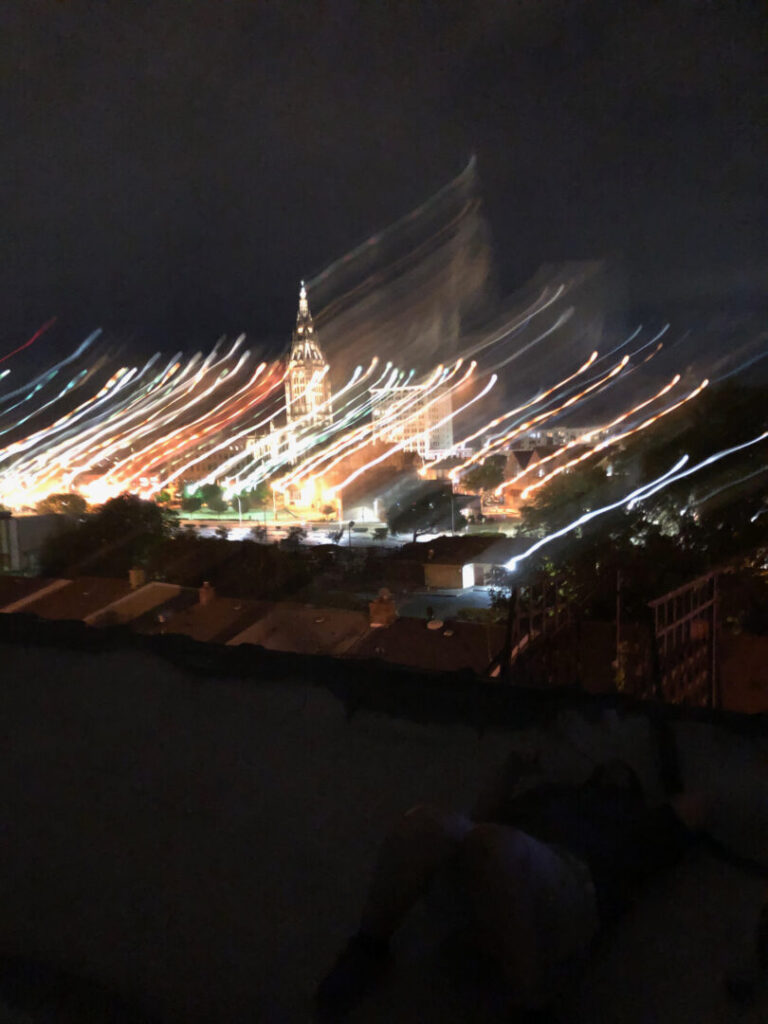
someday, we will remember the day we walked along the prom at the very beginning
of a pandemic, when the world was still motion & stillness had not settled, the streets
not yet sterile & the chairs stacked on tables, dripping from rain not the spilled beer of
students in their first Galway summers2
Amongst these lifetimes, there has also been the birthing of a new wave of literary journals dedicated to—and developed within—the pandemic. This essay briefly explores the ways that poetic responses to the pandemic might help guide us away from some of what once was and that might be best left in our oration of elegy, and towards new senses of self and relation as we move forward into a post-pandemic world. Here, quarantine is theorized as a seeding rather than a cutting off, as an opportunity to grow roots. Similarly, rather than seeing elegy as a mode of melancholy, it sees, as many cultures do, the elegiac as infused from its root with senses of joy, and the reality of a tomorrow. During the beginning of the pandemic, people spoke about the ways that nature was regaining, recuperating, and finding new ways to kind of come back to life; here the focus is on the recuperation of people, their spirit, and their relations.
The essay utilizes pieces from a variety of literary journals and magazines3 that have either emerged to focus on the pandemic or have released special issues related to the pandemic to begin pushing at the boundaries of what we are working through with the pandemic. The essay builds on my previous research into social relations and worlds,4 as well as my own practice and learning as a poet. While this quarantine has created so much distance, it can be used as a way to understand the importance of relations between peoples, and new relational possibilities. In this, I hope to showcase the ways that writing is not simply a tool for explaining the current situation, but sets up strong roots for the importance of interrelationality and change as we move forward.
During the pandemic, any number of trends, fads, moments, and trajectories have emerged—and many, then, submerged. With so many people so online, the poetic blossoming has opened up a new capacity for individuals and groups to begin their own literary journal. They can range from formal and having all the accoutrements of a standard literary journal, to being haphazard and vanishing after publishing only a few pieces. In this essay, I cite a number of these journals that have emerged and whose focus is, in part or totality, the pandemic itself and our responses. In this, these journals build off of a long-existing online space for literary examination.
Relatedly, what we have seen is that, on the whole, during the pandemic, people are reading more.5 While there are not figures related specifically to poetry, it is notable that a poetry book (Amanda Gorman’s The Hill We Climb)6 topped the Publisher’s Weekly chart for multiple weeks in 2021.7 This is beyond uncommon and speaks to the way that poetry has been taken up during this period.
Lines of poetry from these new online poetry journals are interspersed throughout. Rather than examples for analysis, they are there as the scaffolding of the essay proper; they are a method of creating a world in the essay itself.
Rooting and Relations
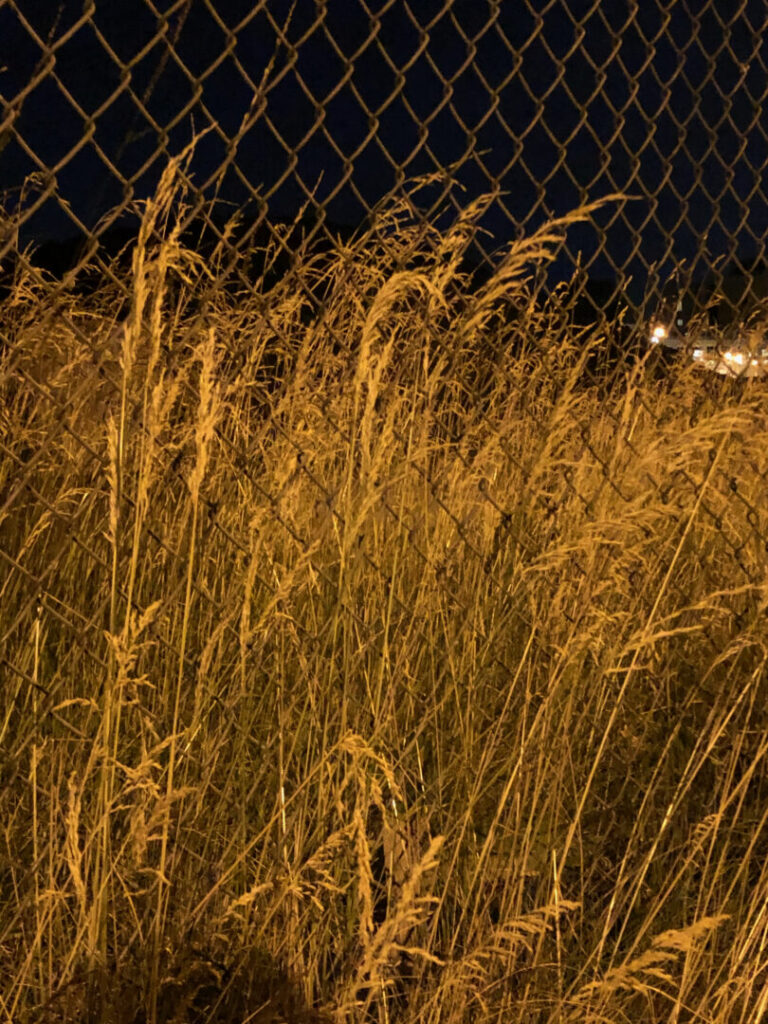
As we think back through how we have used our time of late —whether we call it quarantine, pandemic, or just 2020—we will have to begin working through what it was that we used it for. What, exactly, was it? But it is not simply what we made that is of consideration, but the simple fact that time itself bent and blew over in the breeze. We can begin to think about this time, following Jack Halberstam, describing queer, as “an outcome of strange temporalities, imaginative life schedules, and eccentric economic practices.”8 While I imagine they hadn’t meant it for quite this purpose, I think it’d also be hard to argue that those words don’t describe the state of our time and world over the past months.
Amid the starkness of masks somewhere on the outside
beyond the trees and unused road,
with yeast, godlike particles,
I plough fresh tracks in flour,
pour out warmth in water.
I live a new innocence9
Rather than seeing quarantine and the act of quarantining as ineffectively the always-already negative, I want to have us—using the tools of the trade of creative writing—see it as a space of dormant rooting. In speaking about nature and people amidst it, Wendell Berry notes the pleasures to be found in simply coming into conversation with the landscape. “Such pleasure as there is, is here, now. Take pleasure as it comes.”10 The land and seeds and the bees that pollinate recognize the importance of moments of stillness, moments of fallow. One might suggest a comparison to Noah and the flood, and the way that the ark represents a quarantining built on seeding and the what-comes-next, rather than what is lost. What might it be to see this period as such a time for all of us?
did you know that many of the ornamental features of our favorite plants–
variegated leaves, vibrant colors, a pleasant and
dramatic curl–are the result of viral
infections?11
This is not to omit or make light of the seriousness of the situation. We have seen poverty and unemployment skyrocket, and death is not a metaphor but a reality for many—including my dear friend Walter. If “Hell is a place on earth . . . [and] Heaven is a place in your head”12 then we must continue the work of living amidst tragedy, grief, and a world full of struggle. As we write tomorrows, we should speak the elegies of today and yesterday. It is in this intertwining that this article pushes; the space where elegy is necessary, and where we must work to find joys—new and old—where we may.
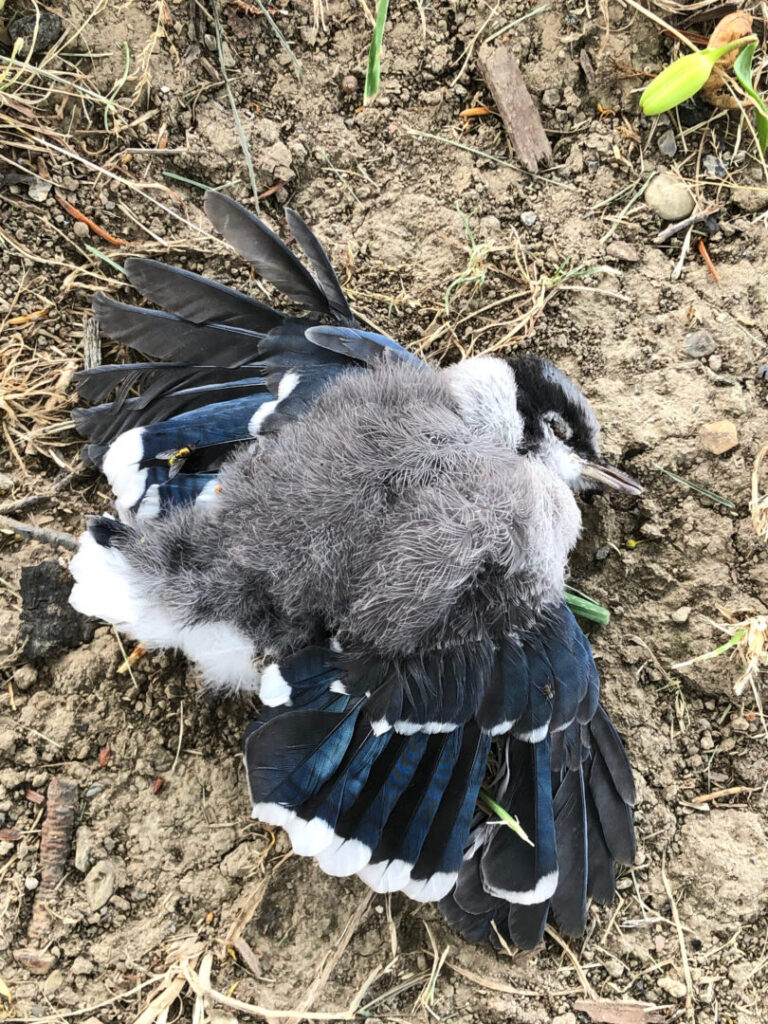
For our world is fraught with carelessness. Long before the pandemic “care services had already been slashed and priced out of reach for many of the elderly and disabled . . . homelessness had been on the rise for years, and increasing numbers of schools had begun dealing with pupil hunger.”13 The Care Manifesto continues, “Being cosmopolitan means being at ease with strangeness; knowing that we have no choice but to live with difference, whatever differences come to matter in specific times and places.”14 The manifesto lays out many of the issues that predate COVID-19, as well as how we must continue past these towards a tomorrow.
At the heart of it is the notion that togetherness, rather than disconnection or individualism, is at the heart of what will bring us out the other side. Not only will it break us of the moribundedness of COVID, but that of neoliberalism’s entrenchment of selfishness and uniformity of mind. Here, again, creativity strings out not from the singular individual, but from the gasping voices of community.
In the same way that Ross Gay speaks to how looking for delight “occasioned a kind of delight radar . . . [or] delight muscle”15we need to look towards delight—even when it is combined with fraught as a delightful dilemma. Poetry opens up avenues for challenging singularity—of emotion, of community, of love, of person—and allows us to come undone without splintering.
isn’t grief a form of love
pretend i am a parcel
pretend i am a splint undone—
a border underexposed with people,16
To continue our metaphor together, we must be a tree whose leaves are multitude—of shape, color, form, fit, style, and love. As seasons change into winter, the trees shed their leaves; yet they do not lose who and what they are, nor do the leaves disappear. Trees do not weep for the loss of their leaves. While they may take moments of reflection to honor the leaves now gone, this is a moment for understanding and reflection on the season, an elegy to those who have come and being together with what will come. They push beyond the specific iteration towards one that is not tied to the branch until it rots where it stands. We need to “foster connections between fractured insurgencies” that allow us to see the leaves, branches, bodies, and roots in connectivity with all those around them so as to refuse singular suggestions of the local.17
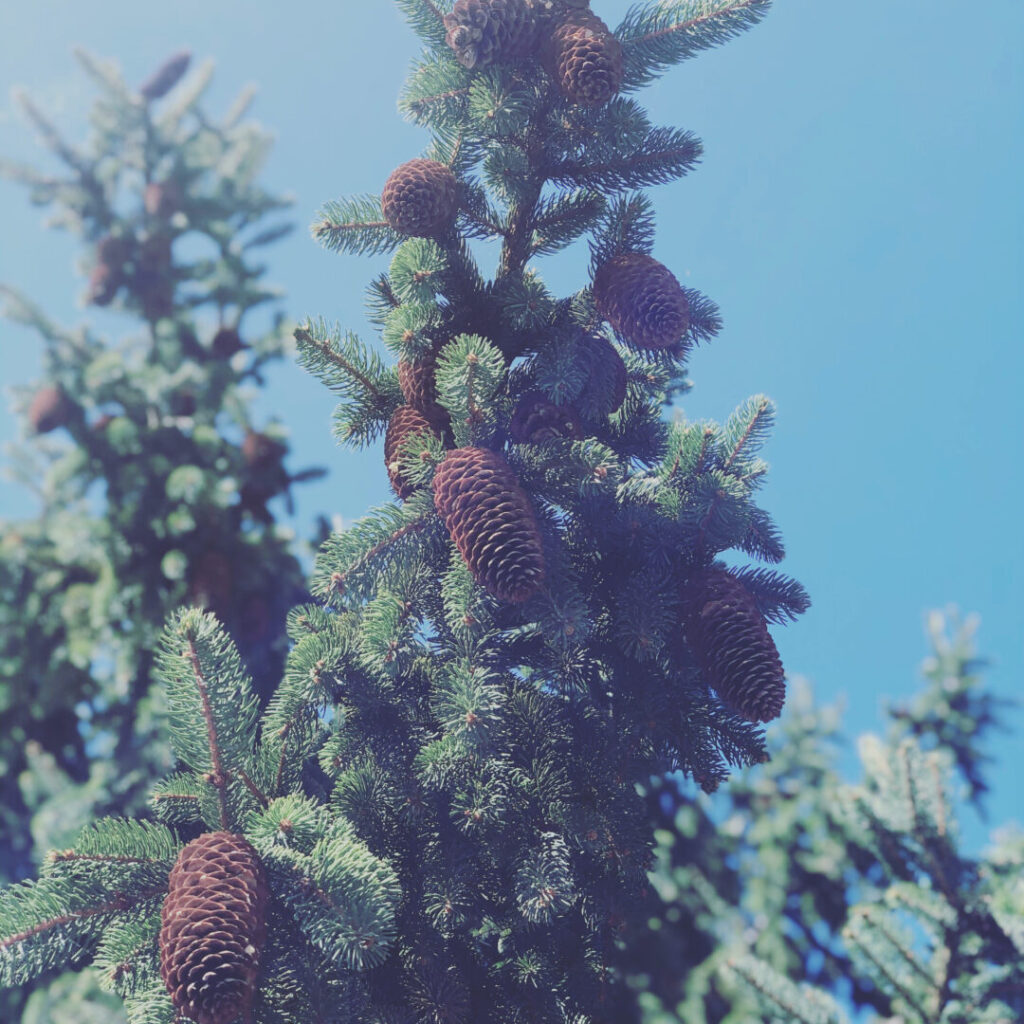
I find myself gulping for air and digging fingers into her roots
Watching as a weird miracle vastly undoes us
I see the virus in the ground
showing what was
tangled in the ceiling
now in constant collapse
perfectly messy like
slowdowned hearts left beating at parties, and quiet shoes left at the poetry slams and sex wrapping itself
up18
Scholars and writers of ecology have known for an extended period of time that our planet is not bounded to the fate which human action might seek to hold it to. “The wild will rescue life on earth, if anything does, because nothing else can.”19 The soil knows what nutrients it needs, and shares with those all around it. As with the trees, so too with our social worlds. All the outpouring of writing should be a beacon to the fact that once, when the world has become safe(r) again, we meet out on front porch steps, or in classrooms, or on rooftops, we will be there together.
We buy things to keep us moving ,
isn’t that what WE’re told
to do? Now that you’re here
we might find another activity—
or, more, maybe we will speak to
each other like life was meaningful
& we meant something, one another.20
As Jodi Dean concludes their recent book Comrades by saying, while comrades (and therefore camaraderie) are not a magical solution to all the problems of the world, “it is the only form [of relation] through which these problems might be solved.”21 It has been a long-standing contention that our relation to social lives and social relations is deeply inflicted by heteronormative constraints22—in other words, too many people deprioritize their friends over romantic relations.
The quarantine has shone light on these relations between us, and the ways that poetry—amongst art writ large—is a media born of danger, challenge, and addressing those matters which are common to all of us. This is what Camus affirms when they say that “We resemble each other through what we see together, the things we suffer through together. Dreams change according to the person, but the reality of this world is our common ground.”23
Conclusion
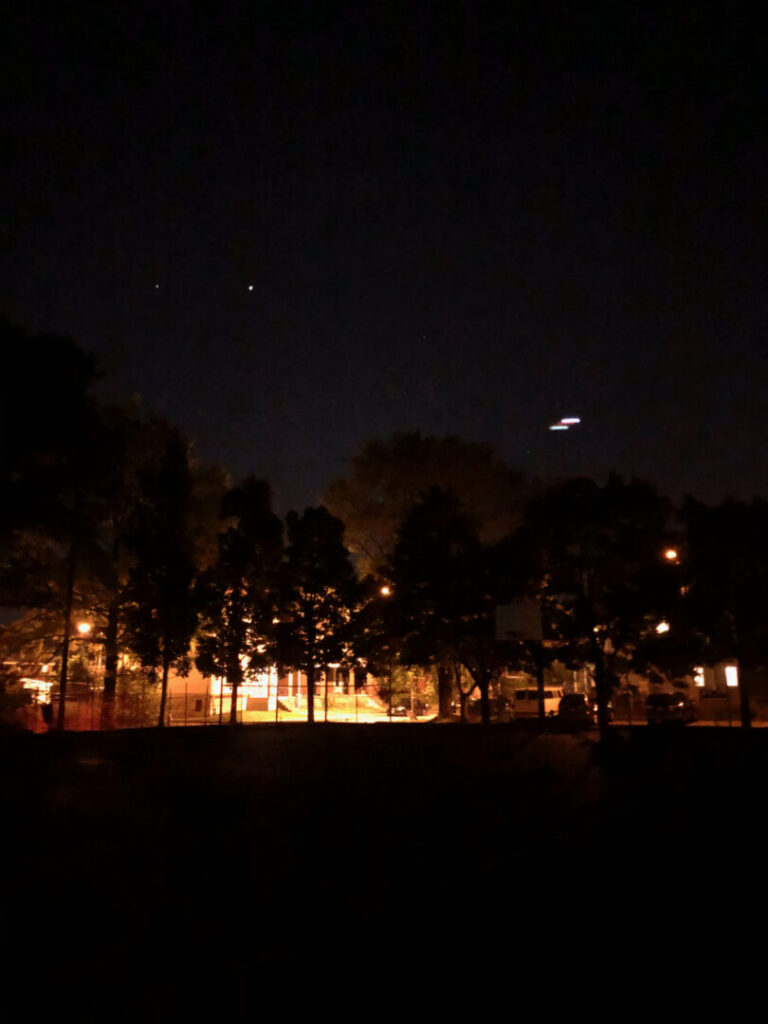
All of this essay has been an experiment in what hope and joy can and has done. The argument, if there is one, is that we need joy more than ever; but more than that, we need people. We need shared lives, shared loves, worlds that are not disposed of when they are difficult. For, as much as the poetry coming out during the pandemic has focused on all the struggles we are facing, and done so in tenors of elegy, the practice of putting them into the world is demonstration that there is some semblance of hope, of community, and of roots which we all are drawing upon.
We can both let the light in
Embrace and be done with it.
Develop our immunity
To fear.24
Like so many things, many of these journals will be of their time; this is no worse than period pieces or rereading our old letters to now-former lovers. For some, like infection house, this time has already come. Writing—boldly and defiantly—though does not age. I have found repeated solace in the words of poets during the pandemic. They have reminded me, as Ferlinghetti says: “Poetry is not a sedentary occupation, not a ‘take your seat’ practice. Stand up and let them have it.”25 Rather than “return to normal” as some are calling for, let us take this poetry—and the journals that house them—as first iterations of new growth from the forest floor, as an opportunity to break away from our rotting and towards a growth that is contingent and reliant on community, collaboration, and creativity. A move towards joy—a joy together, exuberant, and incorporating elegy. Let these virtues grow forth in all the tomorrows coming.
Notes
- Madison Kerlan, “Dispatch from a Pandemic: Pittsburgh,” Another Chicago Magazine, May 2020, https://anotherchicagomagazine.wordpress.com/2020/05/15/dispatch-from-a-pandemic-xx-by-madison-kerlan-2. ↩
- Amelia Furlong, ‘someday,’ Pendemic, March 2020, http://pendemic.ie/someday-a-poem-by-amelia-furlong. ↩
- These sources include Infection House, Pendemic, Another Chicago Magazine, Esthesia Magazine, Pandemic, and Pandemic Publications. This list is not exhaustive by any stretch. ↩
- Frank G. Karioris, “The Unbearable Lightness of Friendship: Homosociality and the ‘Crisis’ of Masculinity,” Masculinities: A Journal of Identity & Culture 6 (2016): 7–29, http://www.masculinitiesjournal.org/en-us/makele/the-unbearable-lightness-of-friendship-homosociality-and-the-%E2%80%9Ccrisis-of-masculinity%E2%80%9D/167/pdf. ↩
- Abigail Boucher, Chloe Harrison, and Marcello Giovanelli, “How Reading Habits Have Changed during the COVID-19 Lockdown,” The Conversation, October 5, 2021, https://theconversation.com/how-reading-habits-have-changed-during-the-covid-19-lockdown-146894. ↩
- Amanda Gorman, The Hill We Climb (New York: Viking Books, 2021). ↩
- Carolyn Juris, “This Week’s Bestsellers: April 12, 2021,” Publisher’s Weekly, April 12, 2021, https://www.publishersweekly.com/pw/by-topic/industry-news/bookselling/article/86059-this-week-s-bestsellers-april-12-2021.html; Jim Milliot, “Gorman’s Poem Sparks Big Weekly Sales Gains.” Publisher’s Weekly, April 8, 2021, https://www.publishersweekly.com/pw/by-topic/industry-news/bookselling/article/86033-gorman-s-poem-sparks-big-weekly-sales-gains.html. ↩
- Jack Halberstam, In a Queer Time and Place: Transgender Bodies, Subcultural Lives (New York: New York University Press, 2005), 1. ↩
- Anne Pia, “Lessons in Coffee,” Pandemic, July 20, 2020, https://www.pandemic.space/2020/07/20/dancing-around-corners-poems-written-during-a-pandemic. ↩
- Wendell Berry, Think Little (Berkeley, CA: Counterpoint), 78. ↩
- Nikki Mayoux, “Rembrandt Tulips,” Infection House, 2020, https://www.infectionhouse.com/posts/3592/three-poems-written-during-quarantine. ↩
- David Wojnarowicz, Close to the Knives: A Memoir of Disintegration (New York: Vintage Books, 1991), 29. ↩
- Care Collective, The Care Manifesto (London: Verso Books, 2020), 1. ↩
- Care Collective, Manifesto, 95. ↩
- Ross Gay, Book of Delights (Chapel Hill, NC: Algonquin Books, 2019), xii. ↩
- Ojo Taiye, “WINTER POEM,” Pandemic Publications, June 29, 2020, https://www.pandemicpublications.com/words/winter-poem-and-swelter. ↩
- Laura Cuboniks, Xenofeminist Manifesto (London: Verso Books, 2018), 43. ↩
- Angelica Poversky, “Undone,” Pandemic Publications, June 20, 2020, https://www.pandemicpublications.com/words/undone. ↩
- Robert Bringhurst, “The Mind of the Wild,” in Learning to Die: Wisdom in the Age of Climate Crisis by Robert Bringhurst and Jan Zwicky (Saskatchewan, Canada: University of Regina Press, 2018), 20. ↩
- Frank G. Karioris, “In these times / we must together (Choruses 1-4),” Esthesia, July 23, 2020, https://esthesiamag.com/2020/07/23/in-these-times-we-must-together-choruses-1-4. ↩
- Jodi Dean, Comrades (London: Verso Books, 2019), 135. ↩
- Lauren Berlant and Michael Warner, “Sex in Public,” Critical Inquiry 24, no. 2 (1998): 547–66, https://doi.org/10.1086/448884. ↩
- Albert Camus, Create Dangerously: The Power and Responsibility of the Artist (New York: Vintage Books, 2019), 20. ↩
- Margaret Haire, “We Are All the Same,” Pendemic, March 30, 2020, http://pendemic.ie/?s=we+are+all+the+same. ↩
- Lawrence Ferlinghetti, Poetry as Insurgent Art (New York: New Directions Books, 2007), 5. ↩